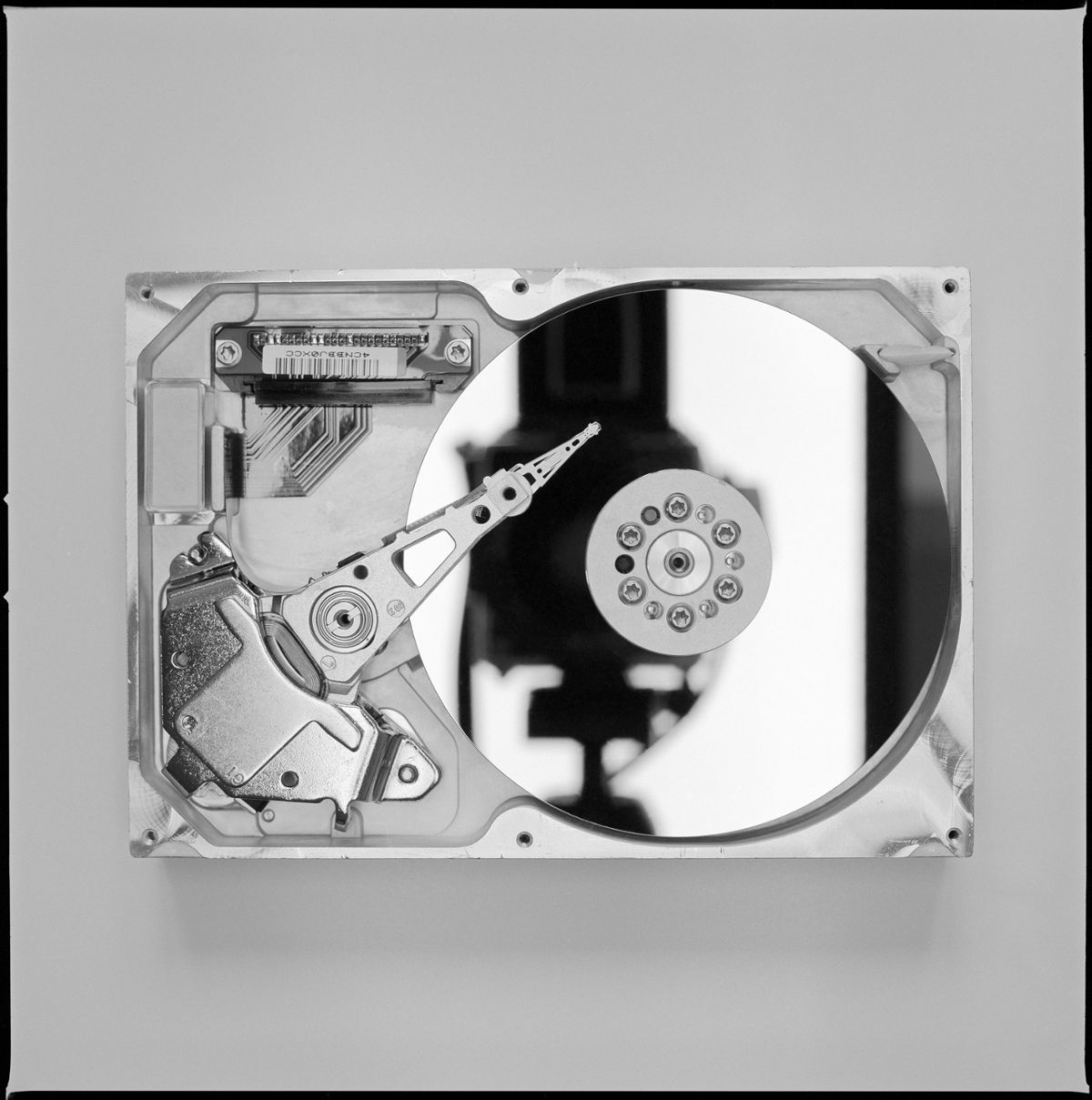The rare earth elements are a set of seventeen closely related chemical elements. They have names like neodymium, europium, terbium, dysprosium, and yttrium. While these names may not sound familiar, the special properties of these silvery white metals make them critical to the most familiar technologies of the modern world. This includes electrical and electronic systems, and magnets. Neodymium, for example, is used for the powerful magnets in speakers, hard drives, and electric motors.
Between the nineteen fifties and 2021 mining of rare earth elements increased by thirty-two times, and is expected to increase another seven times by 2040s. Rare earths are vital to green technologies, like wind turbines and electric cars, that will allow us to quit burning fossil fuels and solve the crisis of global climate change. They are vital for promising new technologies like quantum computers.
The big problem is that accessible supplies of these elements are limited, because mining and purifying them is difficult and environmentally harmful. This has led a number of research groups to warn of the need to develop ways to recycle them from used consumer products and industrial waste. This won’t be easy, because most are used in ways that involve blending them with other metals. One possible way is to remove them from used electronics is by leaching with powerful acids. But, this involves environmental hazards and generates large amounts of waste.
Researchers are looking for smarter methods. One promising line of research uses bacteria that secrete compounds to selectively extract the elements. Another uses copper salt solutions to displace the rare earths from permanent magnets. The search is ongoing, and critically important to our future.










